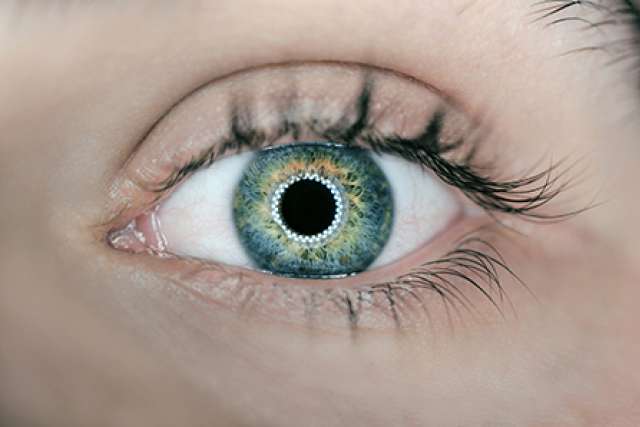FINDINGS
To learn how cataracts start, UCLA researchers created an animal model for a type of hereditary cataract that occurs in infants and young children. The team introduced genetic mutations for the human disease into mice and analyzed gene activity in the animal's developing lens, one cell at a time.
BACKGROUND
Cataracts cloud the lens of the eye, blocking the transmission of light and impairing vision, particularly in the aging eye. Children can be born with the condition, or a cataract may develop after eye injuries, inflammation and other eye diseases. Surgical removal is the only solution.
According to the World Health Organization, cataracts remain the leading cause of blindness, and are responsible for 51 percent of world blindness. By 2050, the number of Americans with cataracts is expected to double from 24.4 million to nearly 50 million, according to the National Eye Institute.
IMPACT
The scientists uncovered molecular changes that occurred before the cataract became visible in the developing eye, suggesting a new biomarker for future disease. The UCLA findings deepen understanding of how a cataract starts at the molecular level and reveal how disrupted gene activity could precede the disease.
AUTHORS
Suraj Bhat, a professor of ophthalmology at the UCLA Stein Eye Institute; and David Elashoff, a professor of biostatistics and general internal medicine and health services research at the David Geffen School of Medicine at UCLA, led the research.
JOURNAL
The Journal of Biological Chemistry published the .
FUNDING
The research was funded by the National Eye Institute, the Gerald Oppenheimer Family Foundation and by Research to Prevent Blindness, Inc.



